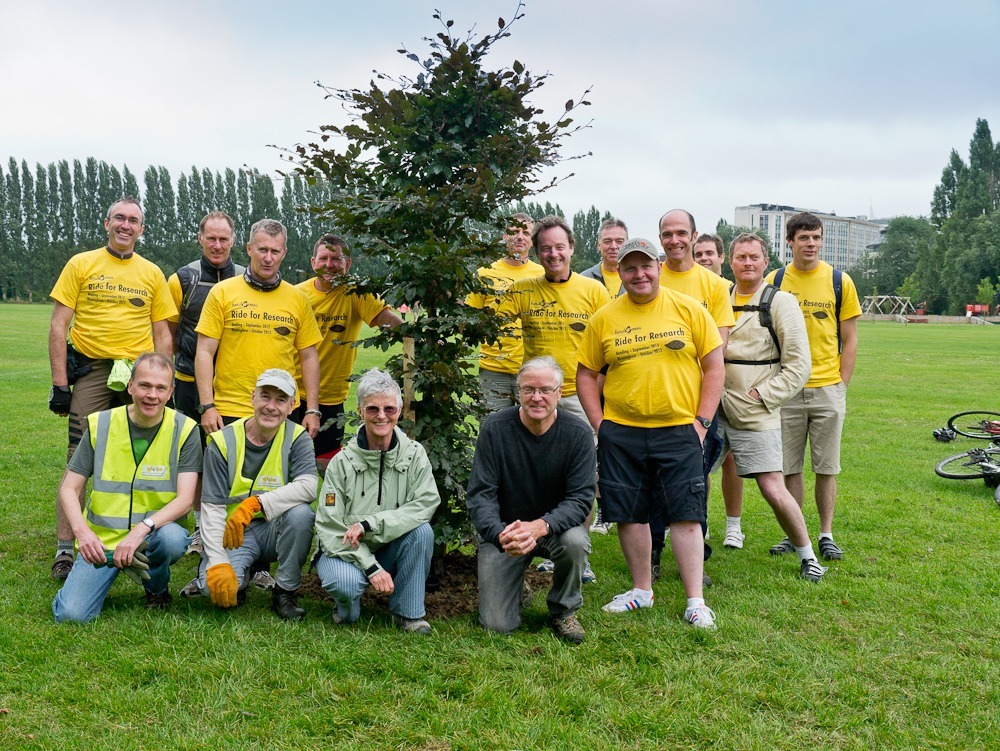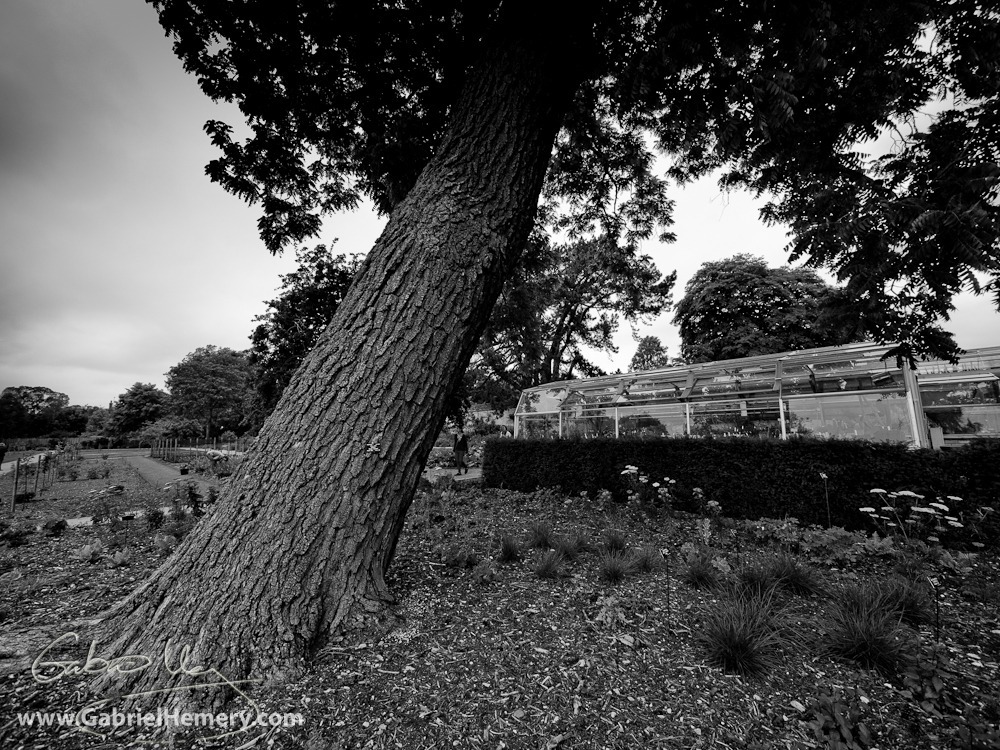Arboriculturists can now give a little back
At the end of May I’m cycling from London to Paris to support the work of charity Fund4Trees and to raise the profile of two regular giving schemes for those working in the arboricultural industry and beyond.Continue Reading



 This work is licensed under a Creative Commons Attribution- NonCommercial- NoDerivs 3.0 United States License.
This work is licensed under a Creative Commons Attribution- NonCommercial- NoDerivs 3.0 United States License.
